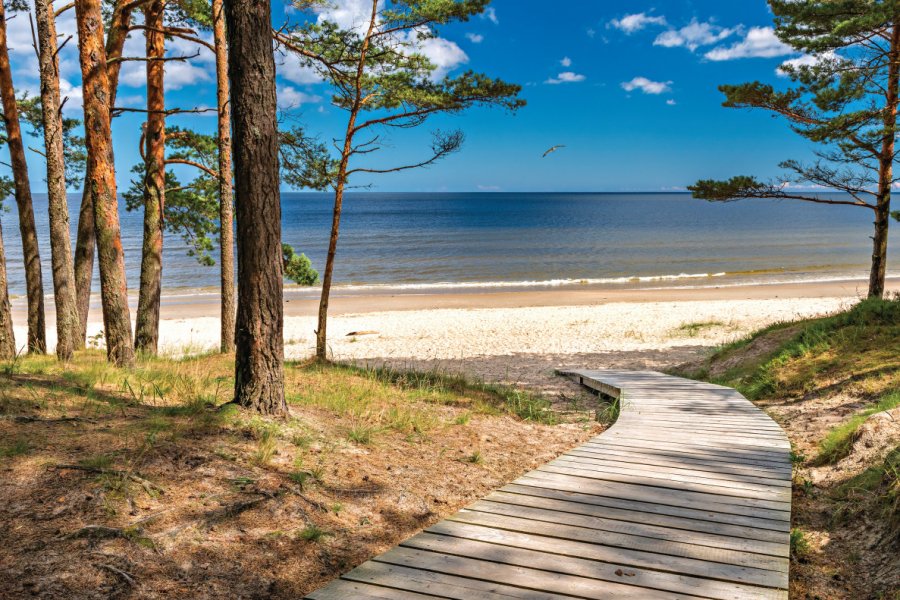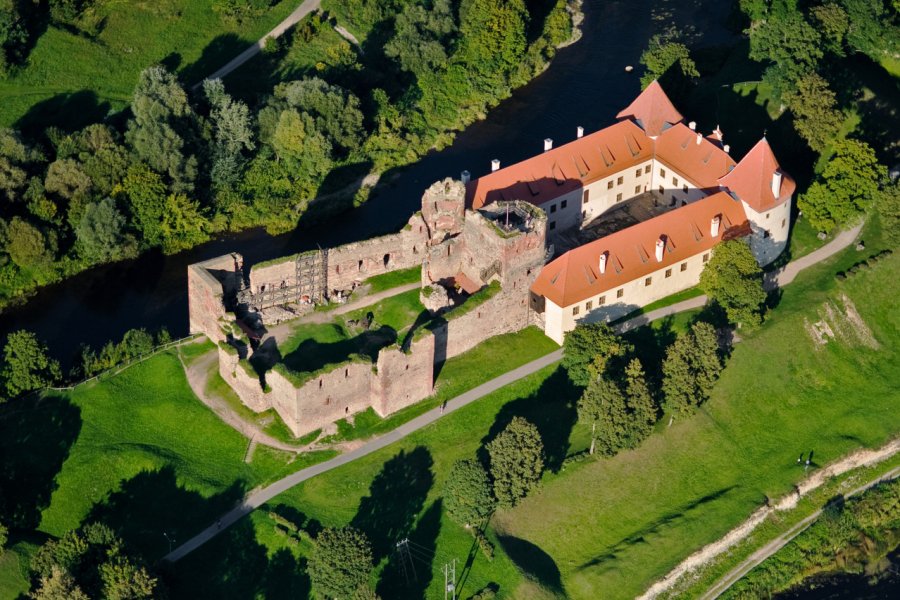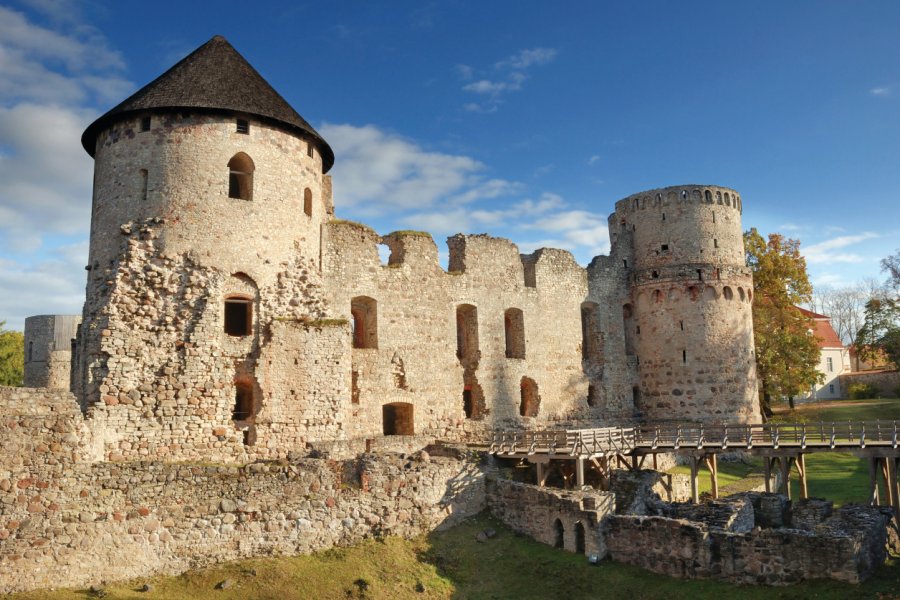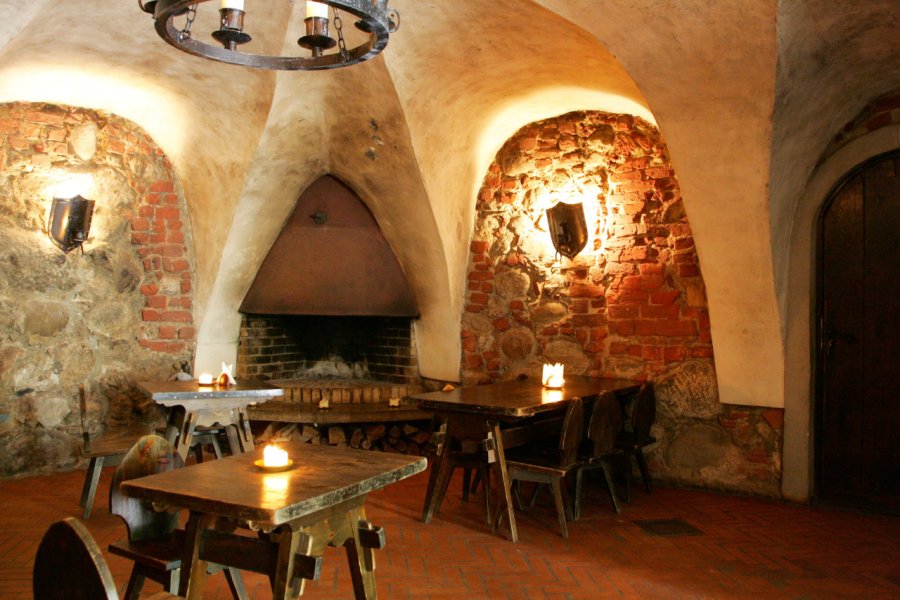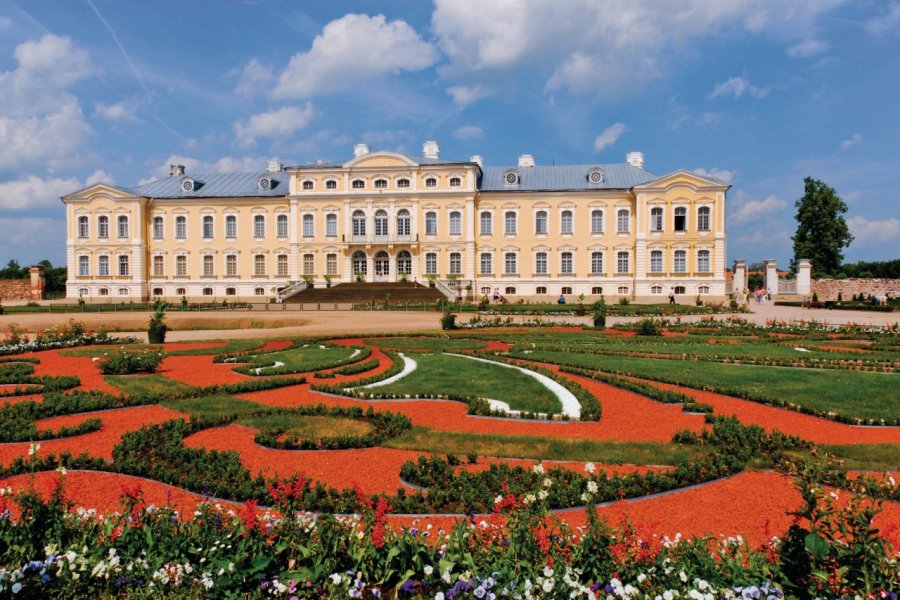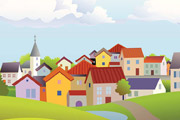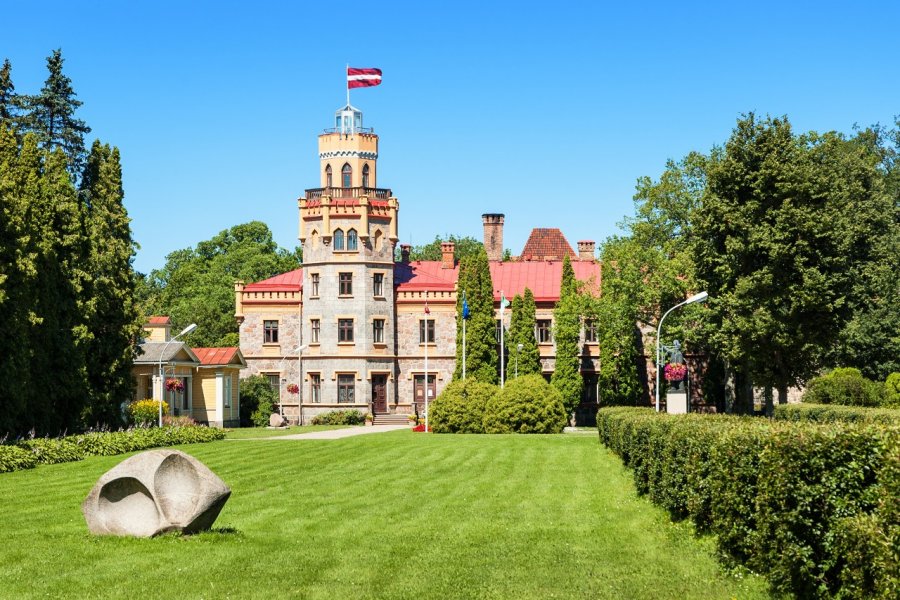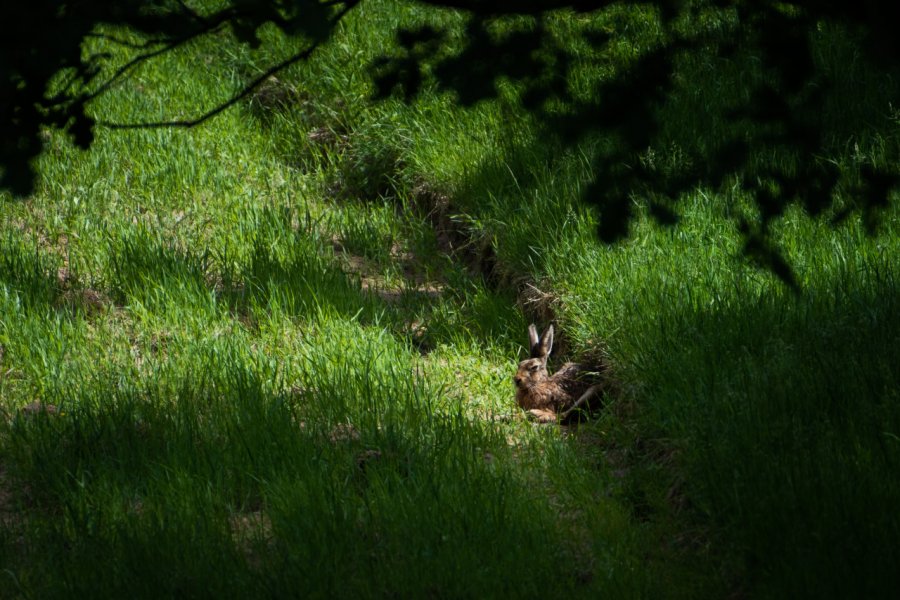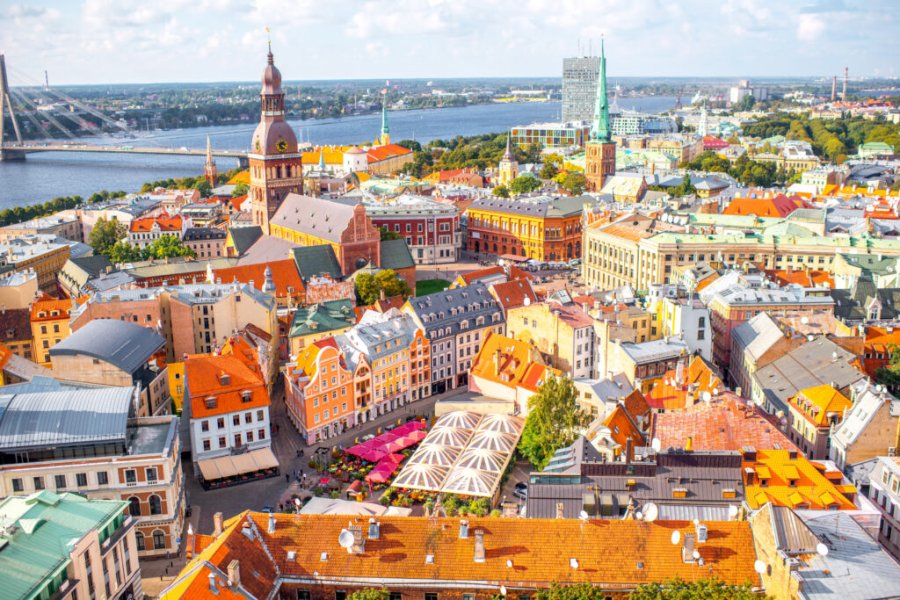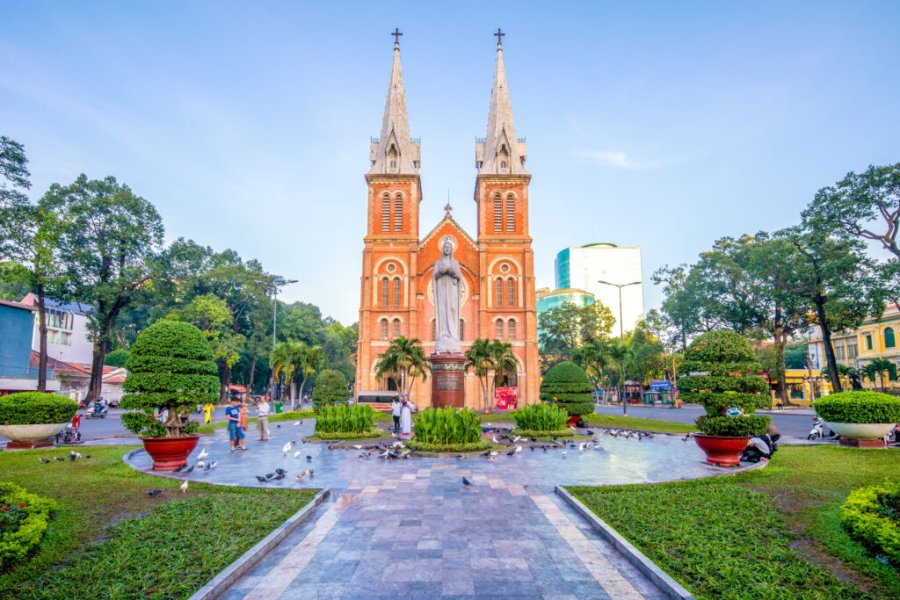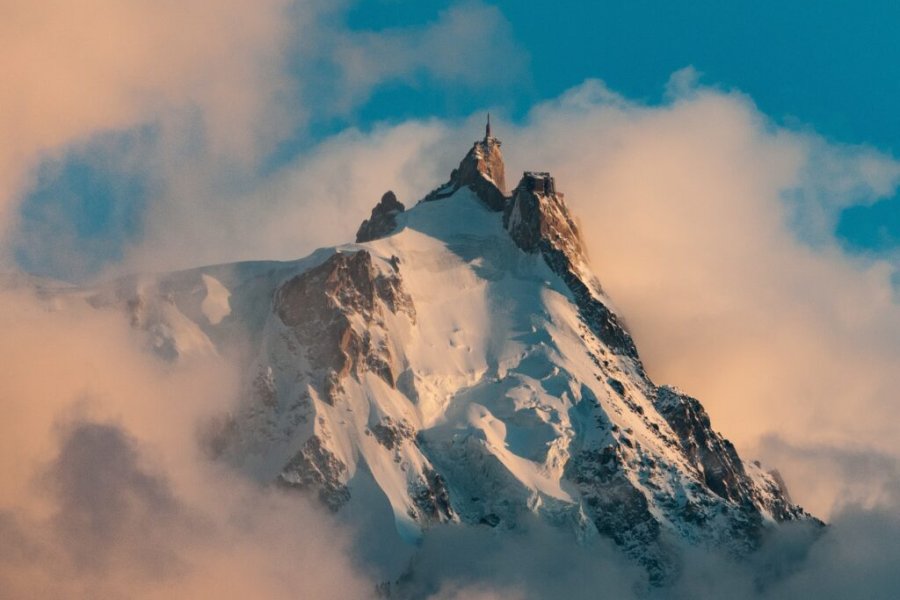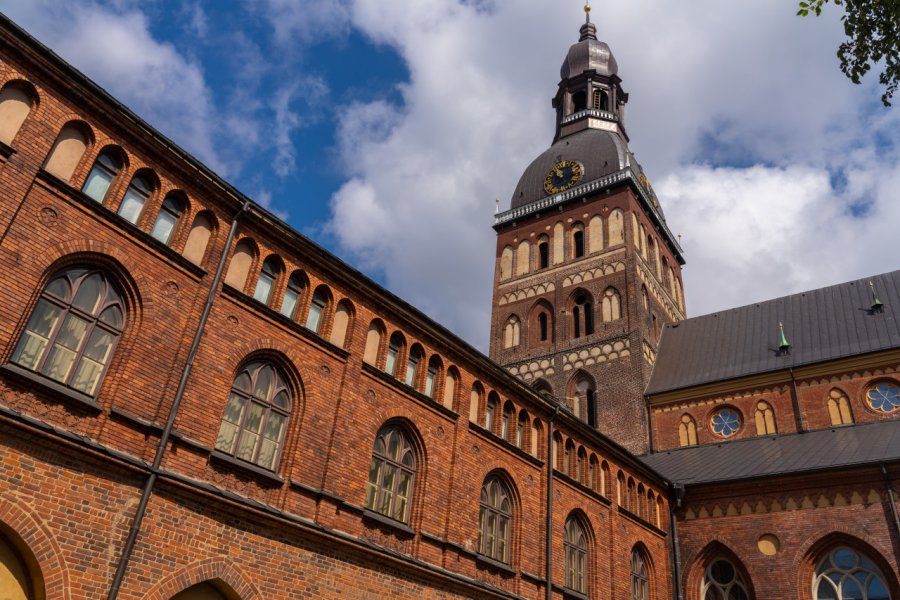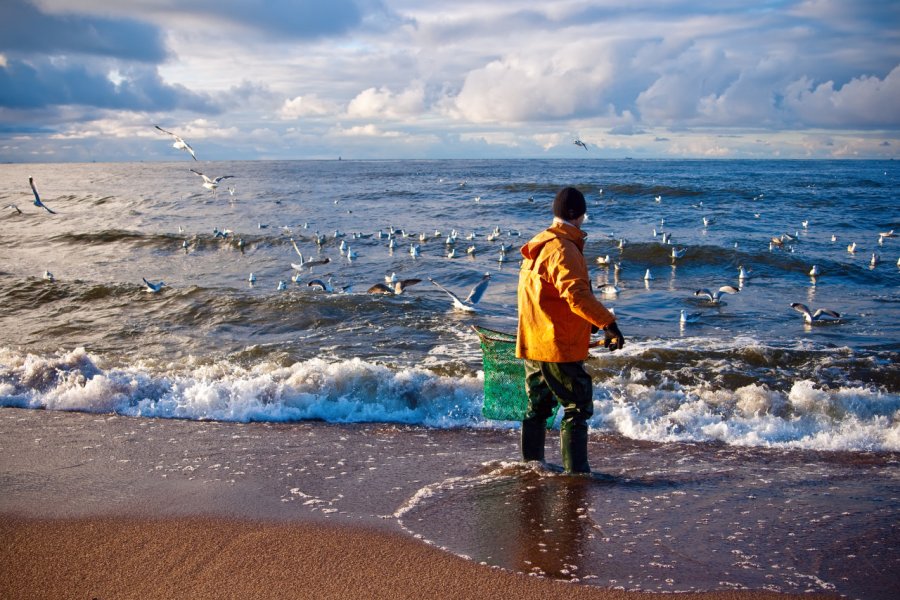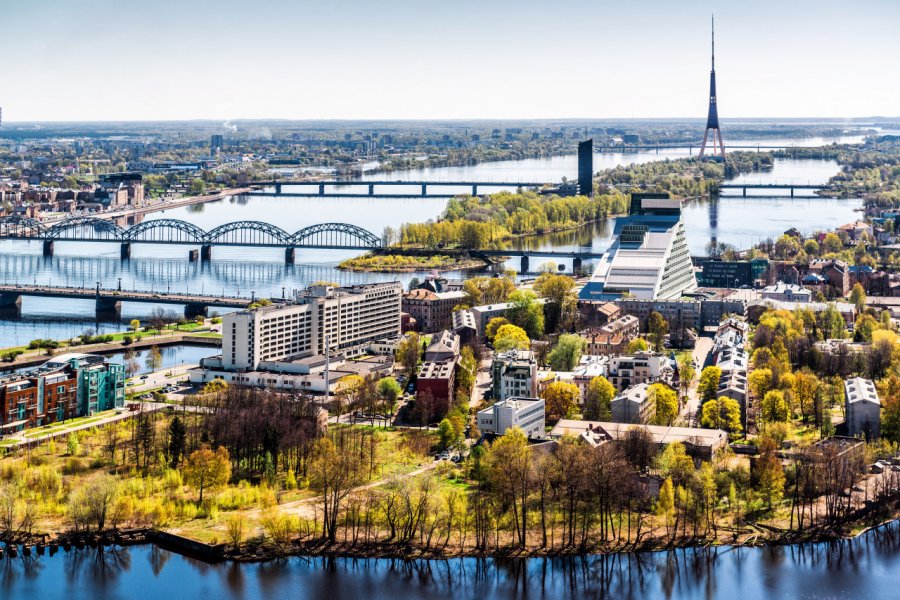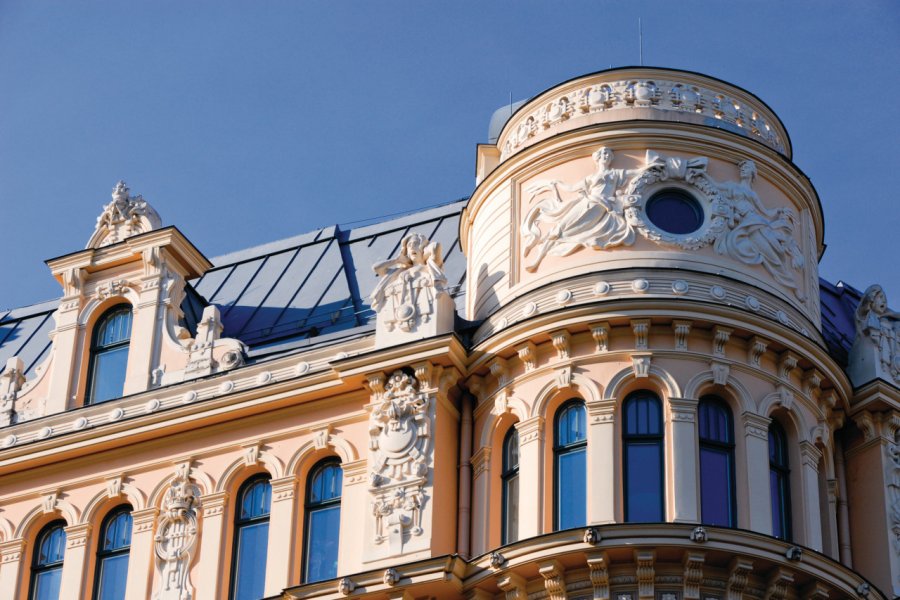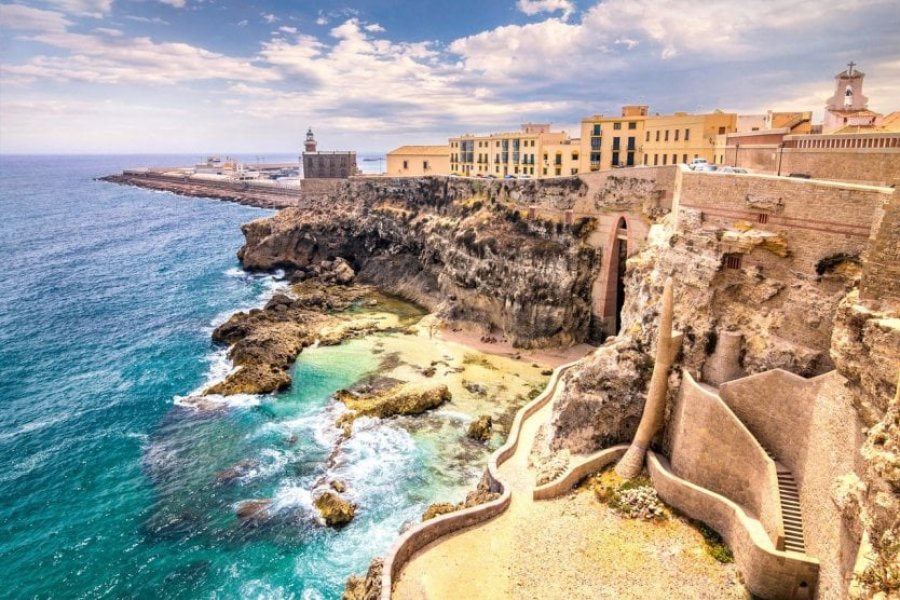Travel Guide Latvia
Like a crescent moon lying on the Baltic Sea between the two other Baltic countries, Lithuania and Estonia, Latvia, as big as Ireland, has since the fall of the USSR and its independence joined the ranks of the European Union and the Schengen area. But its history is much older, going back to 3000 years before our era, when the Lives, a pagan people of Finno-Ugric origin, settled in this region of Northern Europe. In the 13th century, the Germanic knights made Rīga, the present capital of Latvia, a first-class trading post of the Hanseatic League before being driven out by the Swedes, who inaugurated a period of peace made of education and social progress. It was then the Russian czars who dominated the Baltic region, before the Nazi and then the communist empire took over. Despite this tumultuous history, and perhaps because of it, Latvians ardently cultivate a strong identity made up of traditions that are more alive today than ever: no one would miss the Līgo (St. John's night) or celebrate Christmas without going to the pirts (traditional sauna). The Latvia Travel Guide takes you on a journey of discovery through this Baltic territory of unsuspected riches, from its peaceful countryside to its forests running along the beaches, inviting you to sample a culture made of amber and song.
Laipni lūgti Latvijā!
What to visit Latvia?
Suggested addresses Latvia
When to go to Latvia?
When to go to Latvia? Seasonality is clearly defined and there are four very different seasons in terms of color and temperature. Latvian wardrobes are also divided into four seasons and it would be impossible to wear the same sneakers all year round! Reading grid to know when to go to Latvia:
The high tourist season runs from June 20 to August 31. This is undoubtedly the best time to go to Latvia. However, tourists are more and more numerous and the prices of accommodation are higher. Please note that it is imperative to make reservations.
The Christmas and Easter periods. If you go to Latvia in December, you will meet many tourists from the region (Scandinavians and Russians).
The off-seasons are autumn (October and November) and late winter (March and early April), largely due to the weather: autumn is wet and grey, even dark, and late winter is wet snow and sleet. The best time to enjoy snow and winter sports is in January and February.
Weather at the moment
Despite the harsh winters (softened by the Baltic Sea), the weather in Latvia is temperate but cool and humid. The further inland it gets, the more continental it becomes, and temperatures are sometimes 4°C lower than on the coast in the middle of winter. Because of the country's northern location, summer days are particularly long. Summer temperatures in Latvia reach 30°C in July and winter can be very cold (-20°C), with snow.
Rīga
The currency in Latvia is the euro. Prices vary greatly within the country, depending on whether you are in the capital or in the countryside. Accommodation will be the most expensive item, but you will always find good deals. Food in Latvia is 20% cheaper than in France, while fast food is very cheap and good restaurants have French prices. Access to museums is inexpensive. Tipping is left to your discretion.
For a stay of less than 90 days in Latvia, since March 1999, a visa is no longer necessary for many countries (Canada, Switzerland, United Kingdom, Australia, New Zealand, the Scandinavian countries... and all the signatories of the Schengen agreements). A simple valid passport (for more than 6 months from the date of entry in the country) will allow you to enter Latvia. For citizens of a European Union member state, since May1st 2004, a simple identity card is sufficient.
No vaccine is required to travel to Latvia. It is better to avoid drinking tap water, as the pipes are old. For drinking water, prefer bottles. Latvians boil their tap water before drinking it. Medical services are safe and the prices are fixed in Latvia. Doctors and nurses are really underpaid, but an extra charge will never be refused and can make things go faster. Pharmacies are starting to be better equipped, but it is best to bring your own medication if you are undergoing treatment. If you are in Riga, there will be no worries about calling the emergency services, this is less the case in remote areas.
Mosquitoes. Equip yourself with sprays and lotions before you go sightseeing in the natural parks in summer. The little beasts may bother you, especially if your arms or legs are exposed. Local products are cheaper than in France and of equally good quality.
Practical information
- When to travel?
- Weather forecast
- Budget
- Formalities
- Health
- How to travel by yourself?
- How to get organized?
- Getting around
Media
How to go to Latvia? Our advice & tips
Since its opening to tourism, Latvia has no shortage of tour operators to set up organized trips on its territory. The flight-hotel combinations offered by the latter are often financially interesting, and can even be enhanced with tickets to the Opera or to various museums. If the weekend package in the capital is very popular, other formulas allow to stay longer and to discover the Latvian countryside and the two neighboring countries.
Discover our selection of travel agencies for this destinationThe average price of a flight to Riga varies from 150 to 300 €. Please note that the price variation depends on the airline used and, above all, on the reservation deadline. In order to benefit from the best rates, it is advisable to be proactive, also for accommodation, by booking in advance. Otherwise, solo travelers will not encounter any particular difficulties during a stay in Latvia.
Riga has a well-developed city transport system with 11 streetcar lines, 23 trolleys and numerous buses that run from 5:30 am to midnight. Cabs are also a good option. To get around between the major cities, you can choose between regular buses and microbuses, the train (which is more outdated, except for the night trains to Kiev or Moscow), or the car, provided you are careful.

